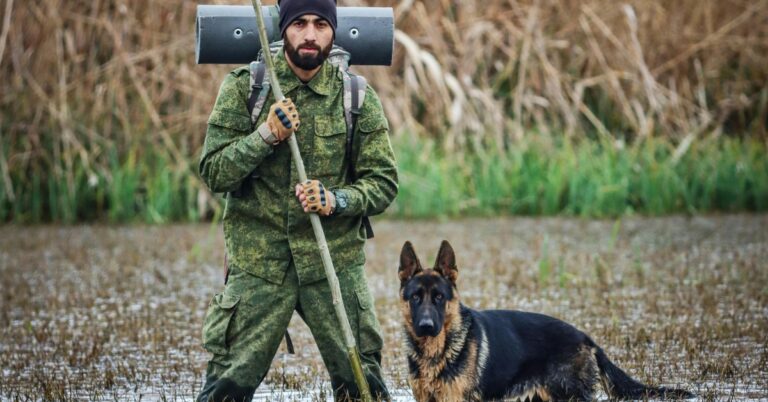10 Vet-Approved First Aid Tricks That Might Just Save Your Dog’s Life

Being ready for emergencies can make all the difference in safeguarding your dog’s well-being. Understanding essential first aid skills equips pet owners to act swiftly when facing unexpected health issues or injuries. Master these 10 vital first-aid skills to make sure your dog stays safe.
Recognizing Normal Vital Signs
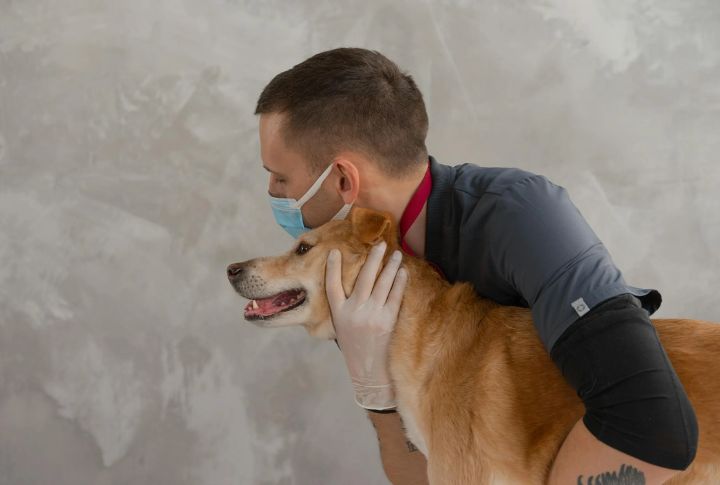
Before knowing what’s wrong, you need to know what right looks like. Your dog’s heart rate should be between 60 and 140 beats every minute, depending on their size. Their standard respiratory rate is 10 to 35 breaths per minute. And their body temperature should be a steady 101°F to 102.5°F. Check these first before panicking.
Managing Bleeding Wounds
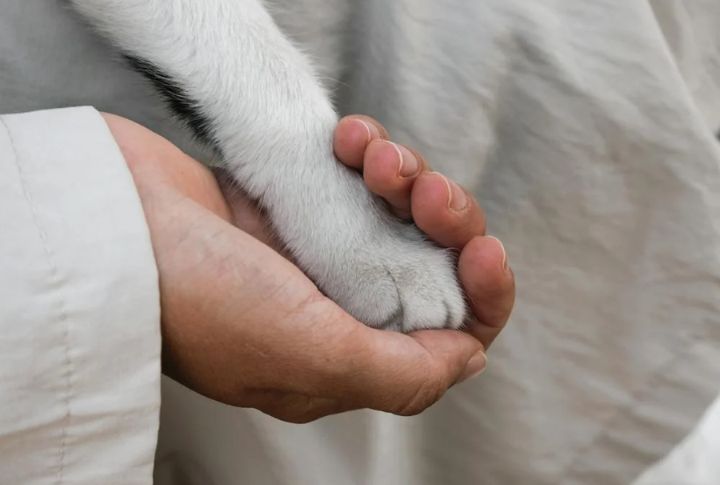
A bleeding wound can look terrifying, but minor cuts aren’t as bad. Just don’t lift the bandage every two seconds to “check” if it stopped. That only disturbs clotting and worsens things. Apply steady pressure with gauze until the bleeding stops—which can take up to 10 minutes. If it’s still bleeding heavily after that, you’re in the vet-visit territory.
Performing The Heimlich Maneuver For Choking

If your dog is coughing but still breathing, let them try to clear it themselves. Act fast if they stop breathing or paw at their mouth in panic. Hold small dogs upside down and give a few firm back blows. For bigger dogs, wrap your hands just behind their ribcage and give quick, upward thrusts. Head straight to the vet if it persists.
Administering CPR

If your dog collapses and isn’t breathing, every second counts. Here’s how you can save them: Lay them on their side and start compressions—100 to 120 beats per minute (the same rhythm as “Stayin’ Alive”). Every 30 compressions, seal their mouth shut and breathe into their nose twice. Keep going until they start breathing, or you get to emergency care.
Handling Heatstroke
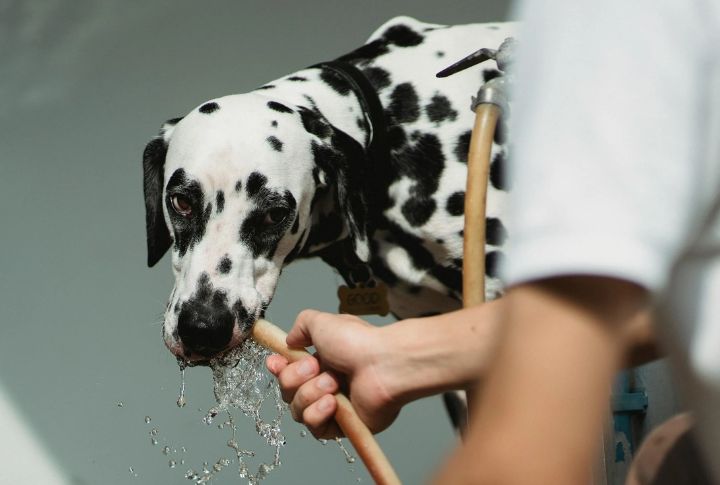
Overheating can send your dog into a fatal spiral fast. Signs include panting, drooling, or collapsing. In that case, move them to a cooler area immediately. Don’t dump ice-cold water on them because that can shock their system. Instead, wet a towel with cool water (not ice cold) and place it on their belly, groin, and paws.
Treating Poisoning

Dogs will eat anything, and if yours just inhaled/ingested something toxic (chocolate, meds, household cleaners), don’t Google what to do. Different toxins require different treatments, and vomiting isn’t always the answer. Call a vet clinic or a pet poison hotline immediately and give them every detail: what they ate, how much, and when.
Stabilizing Fractures
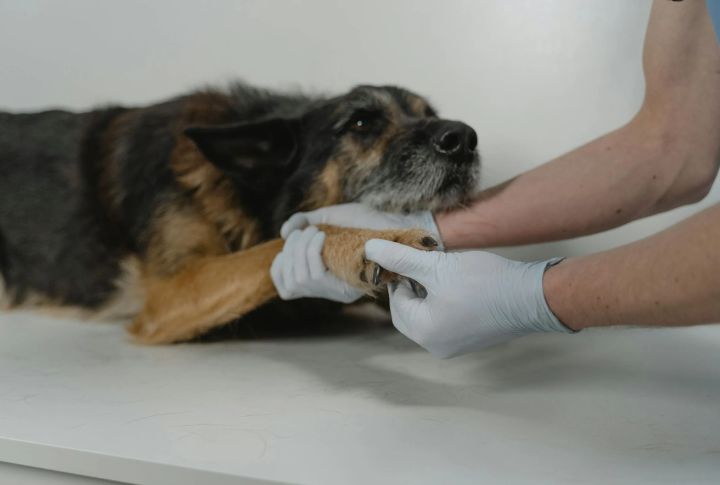
In an accidental fall or hit and your pet breaks a bone, don’t try to set the fracture yourself because you might worsen it. If they’re in pain but still mobile, gently support the injured limb and keep them as still as possible. Transport them using a stiff surface (a board, a blanket hammock, or anything that keeps them stable).
Addressing Seizures

Watching your dog have a seizure is scary, but don’t panic. Move anything dangerous out of the way, let them ride it out, and time the seizure. If it lasts more than five minutes, or if they have another seizure soon after, call a vet. Otherwise, let them recover in a quiet space as you call your vet for the next steps.
Handling Burns
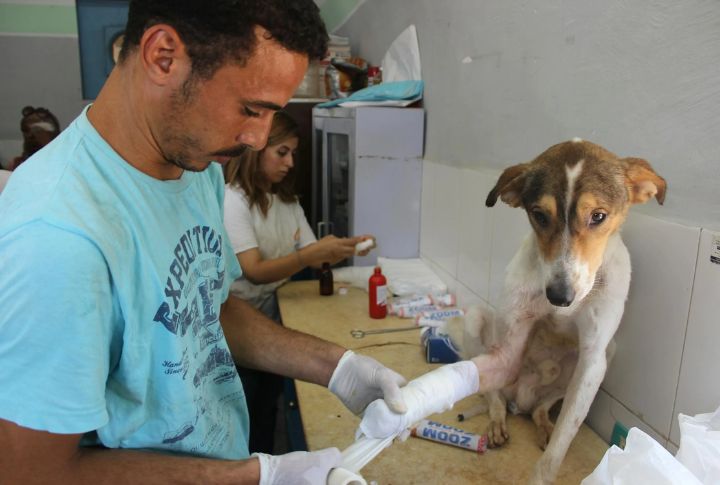
Burns might occur from a hot stove, a fire, or chemicals. If that ever happens, cool water (not ice-cold) is the best solution. Run cool water over the burn for several minutes. Do NOT apply butter, ointments, or creams because they trap heat and worsen things. Cover with a clean, damp cloth until a vet takes a look at it.
Building A Pet First Aid Kit
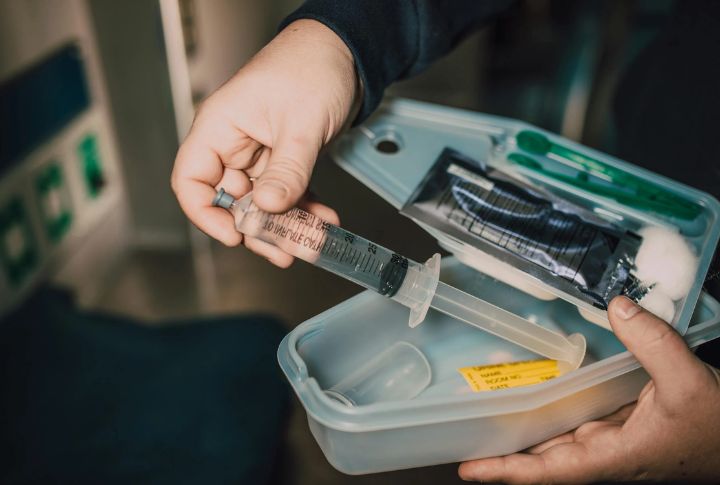
You don’t need a fancy pet first aid kit, but you do need a functional one. At a minimum, keep sterile gauze and non-stick bandages for wounds, antiseptic wipes (non-alcoholic), and tweezers for removing splinters or ticks. Consider a digital thermometer and a muzzle, too, because even the sweetest dog might bite when in pain. Lastly, always have your vet’s contact information and a pet poison control on speed dial.





